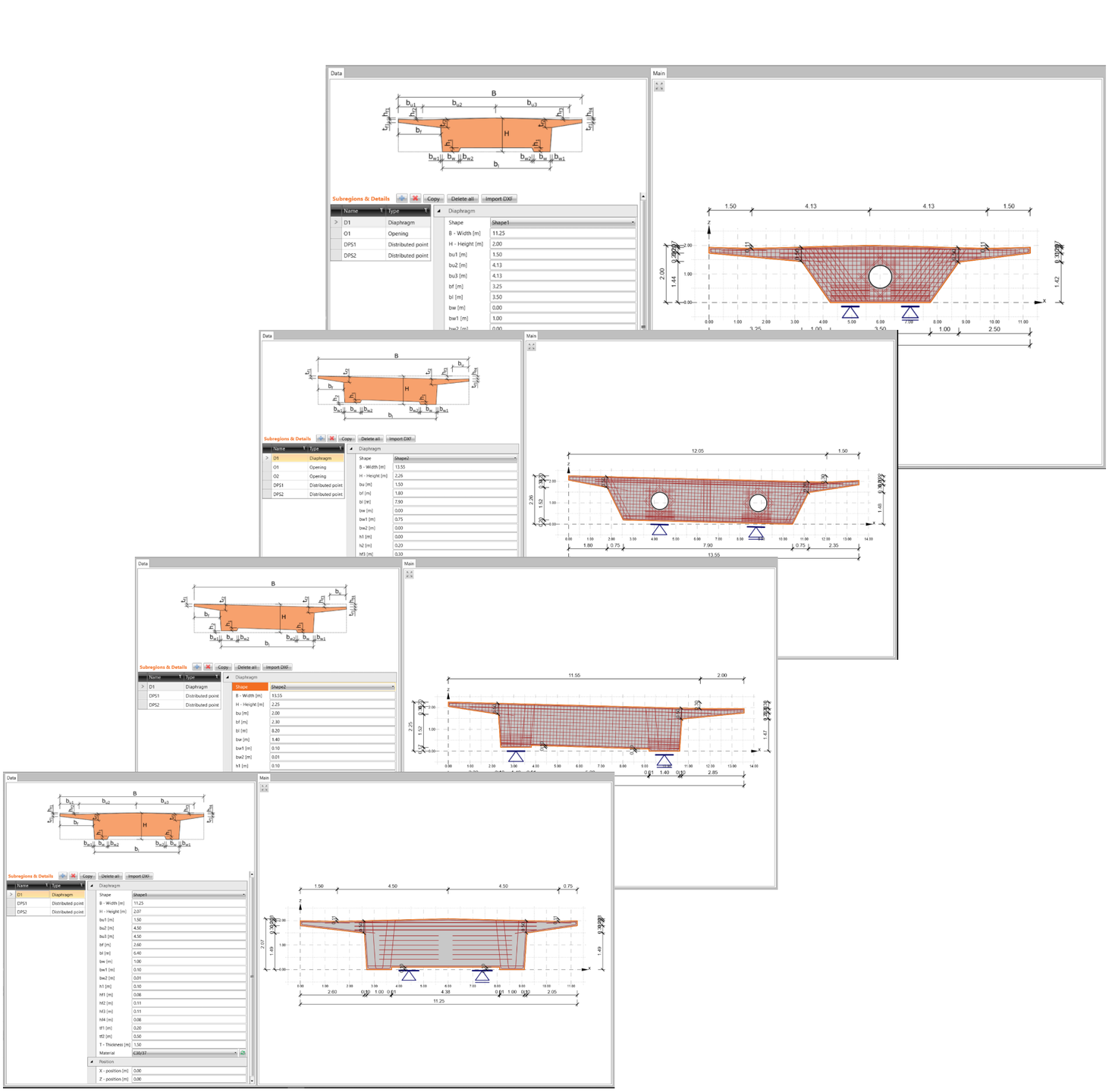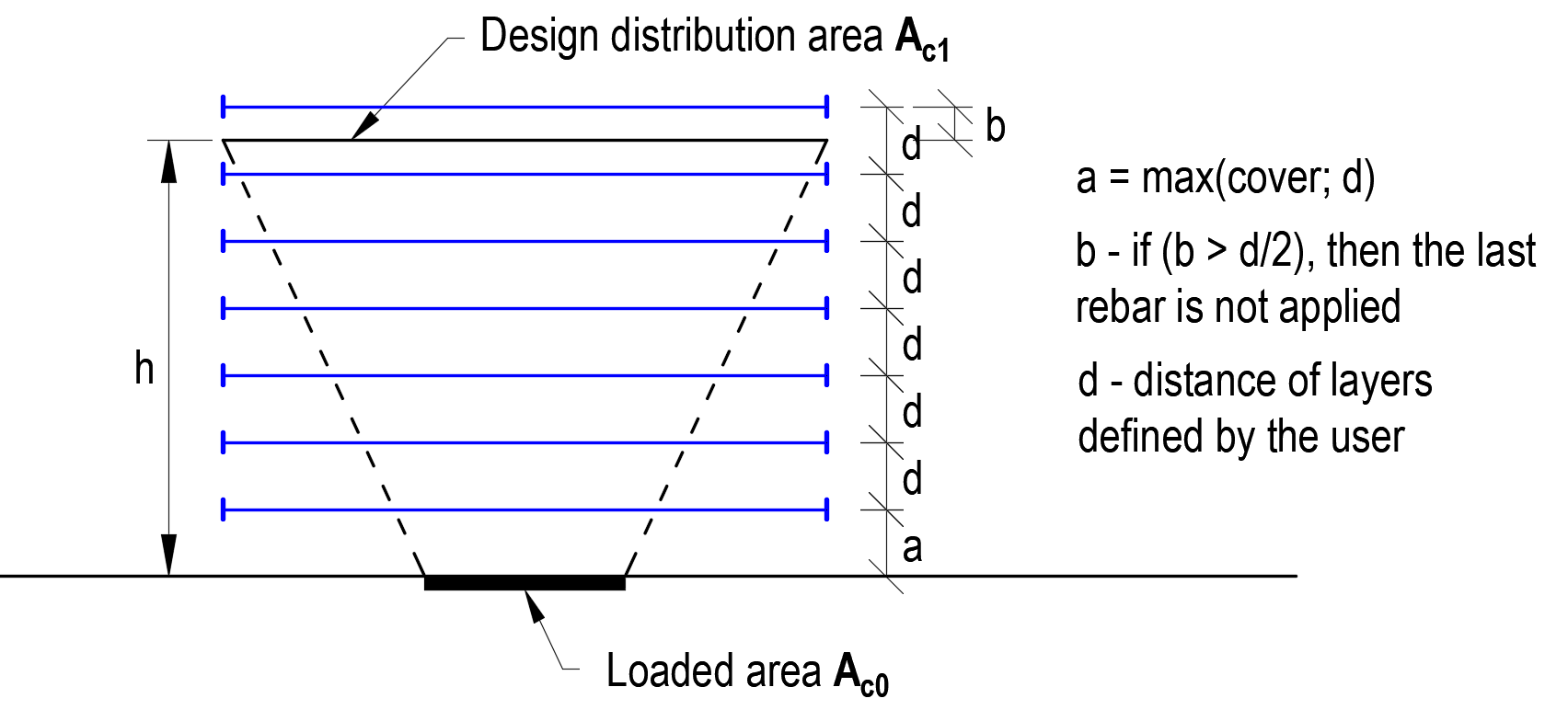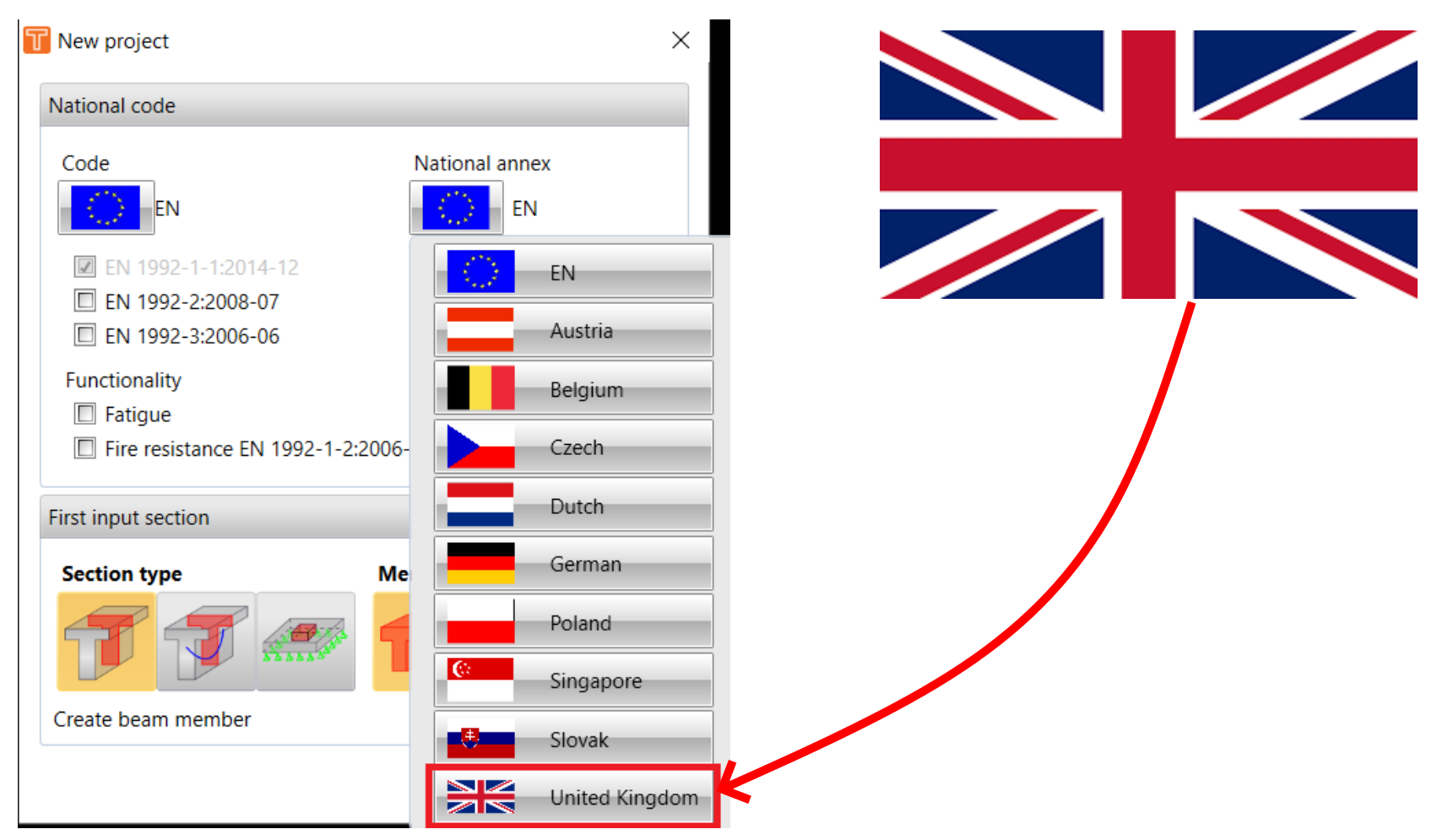Release notes IDEA StatiCa Concrete 20
Introduction
The new version of IDEA StatiCa is here! It is the biggest implementation of customer feedback and wishes we have had in years. And that means something – IDEA StatiCa is used by over 3500 customers who share more than 4000 unique IDEA StatiCa projects every month. Version 20 comes with extending the existing functionality and mainly brings new features that change the approach to design and code-check of partially loaded areas of the concrete structures.
Highlights of this version are:
- Parametric templates of diaphragms
- Partially loaded areas
- UK National annex
All of this with precise checks of concrete and reinforcement strength, stresses, and strains. Everything that the code requires, with results clearly visualized for a better understanding of the structural behavior.
How did we get from number 10 to 20? The reason is simpler – align the numbering with year count.
We hope you will enjoy all our new features and improvements and would love to hear your feedback anytime.
Calculate yesterday’s estimates!
New licensing system
The new online licensing system of IDEA StatiCa was implemented. It is account-based, which means that all you need to start IDEA StatiCa 20 is to insert your username (by default, an email) and password.
Why?
- Our customers struggled with logistics related to license codes, license files, and dongles.
- IDEA StatiCa license could be fixed without the cooperation of the end-user (reactivation, etc.).
- Our customers had to deploy the network license on their servers.
- Company license could not be easily shared with employees on the road or on home-office
The new online licensing system of IDEA StatiCa solves all these issues and much more. Everything is provided in a robust and secure IDEA StatiCa cloud for which users need only one thing to access – their username (by default, an email) and password.
How does the online license work?
- IDEA StatiCa installation regularly checks with IDEA StatiCa license server to update the license and verify product configuration.
- IDEA StatiCa users do not have to be online all the time. The license will work for 72 hours without an internet connection. After that, connecting to the licensing server is necessary.
- Admins, as well as end-users, can view/edit the license via IDEA StatiCa Customer portal, an online backend with their licensing data
How to setup IDEA StatiCa version 20
- Every customer of IDEA StatiCa has a primary email address in our system (confirmed in a past order)
- With the release of version 20, IDEA StatiCa will send Admin credentials to this email. The license will have entitlements based on purchased products and seats.
- Admins can then add and remove other users in the organization
- Every user in the organization can consume only selected type of IDEA StatiCa products
IDEA StatiCa license manager
Migration disclaimer
- IDEA StatiCa 20 has only one way to license and launch – the new online licensing system.
- The old licensing systems (Eleckey, HASP) of versions up to 10.1 remains unchanged and functional. Lifetime entitlements (now called "Perpetual") will work indefinitely, but their technical support will be terminated on 30. 6. 2021. After this date, license resets, reactivations, and other licensing support will not be provided anymore. Kindly make sure that your organization migrates to version 20 as soon as possible.
IDEA StatiCa Detail
Parametric diaphragms templates
The parametric diaphragms template enable to Engineers quicker design and mainly optimization of the shape by predefined parameters. This can be a crucial benefit for spending the material and time of each Engineer.
We developed parametric templates of bridge diaphragms. Users can easily change the model geometry such as width, height, an inclination of the edges, and many more parameters. Thanks to this, users receive the desired shape and achieve maximal utilization of the concrete. The main benefit is that the shape optimization can be done in minutes and with no limits in designing. If you cannot find the desired shape in the templates, you can always use the option to set a general shape using DXF reference.
Partially loaded areas
Reinforcement in Partially Loaded Area
You can design the reinforcement in the partially loaded area in a more effective way since version 20.1. The reinforcing bars are part of the CSFM model, and the bond between concrete and bars is treated as perfect.
About Partially Loaded Area
This feature is suitable mainly for precast and bridge structural engineers who are dealing with significant reactions in the bearings or concentrated prestressed forces from the tendons in the beams. The benefit is hidden beyond non - conservative design, saving material and money.
We have figured out how to deal with triaxial stress in partially loaded areas. In these areas crushing of concrete is allowed, and the resistance of concrete in compression can be raised due to transverse confinement according to valid standards (Eurocode). The increase of the resistance can be up to 3 times the cylinder strength of concrete.
The partially loaded area can be found on every structure. Some typical examples are bridge diaphragms with an area above the bearings, areas under the anchor, or concentrated load on the edge of the wall. Partially loaded areas are designed according to the requirements of the Eurocode and simultaneously are restrained by model geometry (openings, thickness, edges, abrupt change of cross-section).
The increase of concrete resistance can be considered if the confinement is kept. Due to this condition, reinforcement bars are automatically added to pass the condition regarding confinement and Eurocode provision.
This functionality guarantees that models are getting converge and simultaneously comply with design criteria for valid standards (Eurocode). The implemented method is independent of the finite element mesh. The bearing capacity is increased with the changing of the concrete area. The consequence of this state is constant stress along with the height of a cone. Dispersed fictitious struts affect artificially the stiffness of the cone and correctly redistribute the transverse stress, which appears in this area. The density of each dispersed strut is increased to the direction of the applied load.
Known limitations come out from the standards valid in Eurocode.
- Cones cannot coincide
- The area Ac1 and Ac0 lie on the resultant of the acting force
UK National Annex implementation
The UK National Annex was added to the family of existing annexes which enable engineers to do the code-check of existing and newly built structures.
We have implemented the UK National Annex as a reaction to the impulse from a lot of our customers. With the UK annex implemented for our Concrete applications, you are now capable of calculating and mainly do code-checks of building structures according to BS EN 1992-1, bridges BS EN 1992- 2, retaining and containment structures according to BS EN 1992-3. The checks are implemented into the concrete applications Beam, RCS, Column, and BIM.










